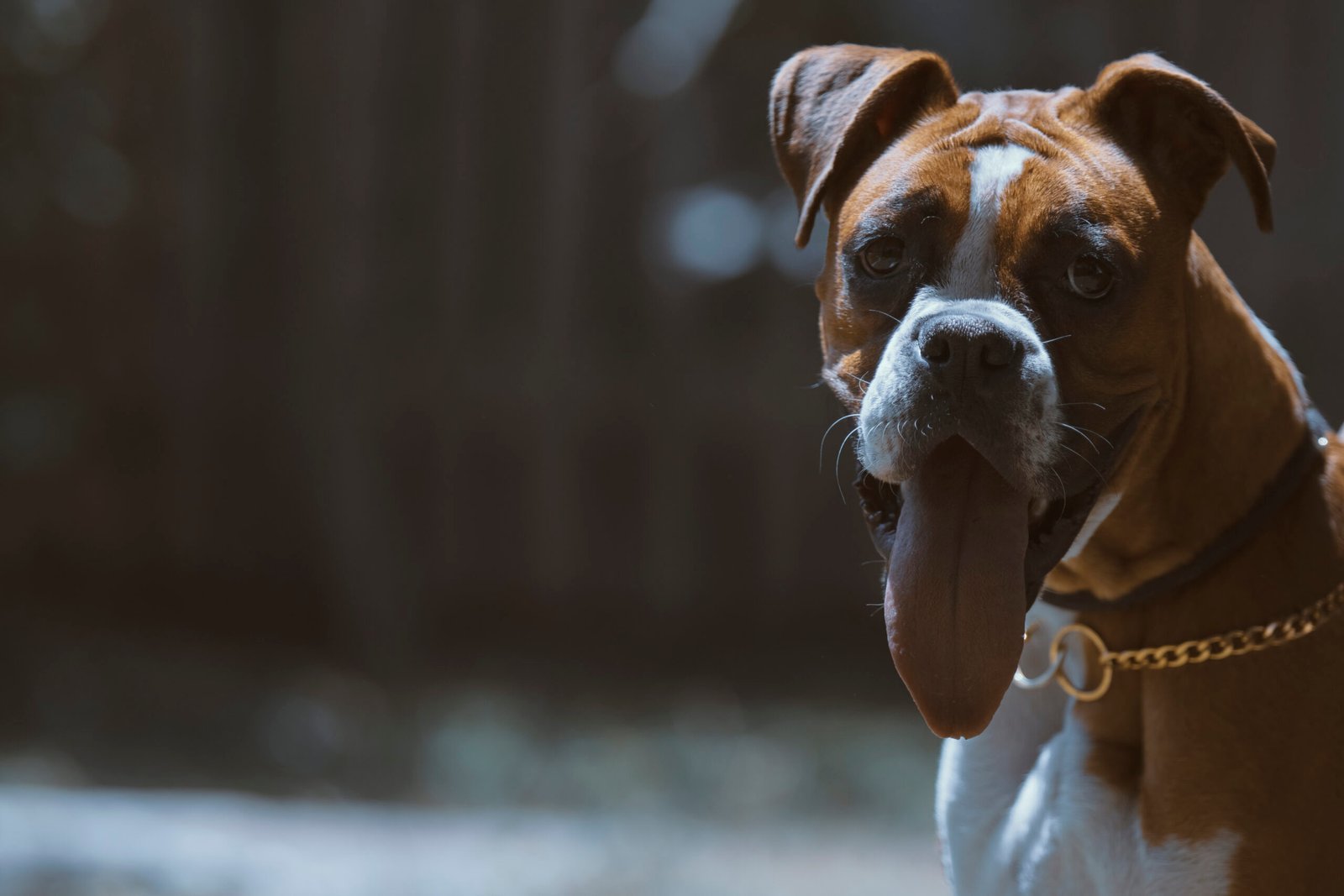Dogs, often hailed as man’s best friend, have been companions to humans for thousands of years. They bring joy, warmth, and loyalty to our lives. However, when a dog exhibits aggression, it can be alarming and perplexing for their owners. Aggression in dogs is frequently misunderstood, leading to fear and misconceptions. It’s crucial to delve deeper into the reasons behind this behavior to foster a better relationship between humans and their canine friends.
The Root Causes of Aggression
Many people jump to conclusions when they see a dog displaying aggressive behavior, often labeling the dog as “bad” or “dangerous”. However, aggression in dogs is a complex issue with various root causes. It can stem from fear, anxiety, or even pain. For instance, a dog that has been mistreated or abandoned may exhibit aggressive behavior as a defense mechanism. Imagine a child who has been bullied; they might lash out to protect themselves. Similarly, dogs might react with aggression if they feel threatened. It’s essential to recognize that aggression is often a symptom of an underlying issue rather than a character flaw in the dog.
Miscommunication Between Dogs and Humans
Communication plays a vital role in understanding aggression in dogs. Dogs communicate primarily through body language, and sometimes their signals are misinterpreted by humans. A wagging tail doesn’t always mean a dog is happy; it could indicate anxiety or excitement. Similarly, a growl might be a dog’s way of saying, “I need space” or “I’m uncomfortable”. Misreading these cues can lead to situations where a dog feels cornered, prompting an aggressive response. Just like humans, dogs have their personal boundaries, and understanding these can prevent unnecessary confrontations.
The Role of Environment in Dog Behavior
The environment a dog is raised in plays a significant role in shaping its behavior. A dog that has been brought up in a nurturing, loving environment is less likely to show aggression compared to one that has experienced neglect or abuse. Factors such as overcrowding, lack of socialization, or inconsistent training methods can contribute to aggressive behavior. Consider a plant placed in a dark room; without sunlight, it struggles to grow. Similarly, a dog deprived of a positive environment may manifest its struggles through aggression. It’s vital to create an environment that nurtures a dog’s mental and emotional well-being.
The Impact of Breed Stereotypes

Unfortunately, certain dog breeds are often stigmatized as being inherently aggressive. Breeds like Pit Bulls, Rottweilers, and German Shepherds are frequently labeled as dangerous. However, breed alone does not determine a dog’s temperament. Each dog is an individual, and factors like upbringing, training, and environment play a more significant role in shaping behavior. Imagine judging a book solely by its cover; you miss out on understanding the story within. Similarly, judging a dog based on breed stereotypes overlooks the unique personality of each animal.
Training and Behavior Modification
One of the most effective ways to address aggression in dogs is through proper training and behavior modification. Positive reinforcement techniques, rather than punitive measures, have shown great success in changing a dog’s behavior. Training involves patience, consistency, and understanding. Think of it as teaching a child a new skill; it requires time and encouragement. By rewarding good behavior and addressing triggers of aggression, owners can help their dogs develop into well-adjusted companions. Professional trainers or behaviorists can provide valuable guidance in this process.
The Importance of Early Socialization
Socialization is a critical component in preventing aggression in dogs. Introducing a dog to various people, environments, and other animals at a young age helps them develop confidence and adaptability. Much like a child who benefits from diverse experiences, a well-socialized dog is less likely to react aggressively out of fear or unfamiliarity. Puppies should be exposed to different stimuli gradually, ensuring positive experiences. This foundation helps them handle new situations calmly as they grow older. Early socialization lays the groundwork for a well-behaved and balanced adult dog.
In conclusion, aggression in dogs is often misunderstood due to a lack of awareness about its underlying causes. By understanding the root causes, improving communication, and providing a supportive environment, we can foster better relationships with our canine companions. It’s crucial to see beyond the aggressive behavior and recognize the unique story each dog holds. With empathy, education, and patience, dog lovers can help their pets lead happier, more harmonious lives.
Jen is a passionate nature lover and ocean conservationist. She has dedicated her life to protecting the environment and preserving the beauty of the natural world. Growing up in a small coastal town, Jen sincerely appreciated the ocean and its inhabitants. She has spent countless hours exploring the shoreline, learning about the creatures that inhabit the waters, and advocating for their protection. Jen is an active member of ocean conservation organizations, and she is committed to educating the public about the importance of conserving wildlife and the natural environment.





